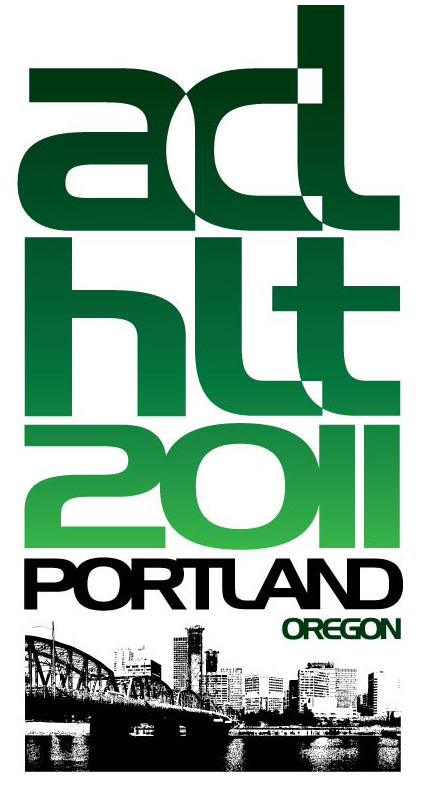BUCC: Building and Using Comparable Corpora
MOTIVATION
In the language engineering and the linguistics communities, research in comparable corpora has been motivated by two main reasons. In language engineering, it is chiefly motivated by the need to use comparable corpora as training data for statistical NLP applications such as statistical machine translation or cross-lingual retrieval. In linguistics, on the other hand, comparable corpora are of interest in themselves by making possible inter-linguistic discoveries and comparisons. It is generally accepted in both communities that comparable corpora are documents in one or several languages that are comparable in content and form in various degrees and dimensions. We believe that the linguistic definitions and observations related to comparable corpora can improve methods to mine such corpora for applications of statistical NLP. As such, it is of great interest to bring together builders and users of such corpora.
Parallel corpora are a key resource as training data for statistical machine translation, and for building or extending bilingual lexicons and terminologies. However, beyond a few language pairs such as English-French or English-Chinese and a few contexts such as parliamentary debates or legal texts, they remain a scarce resource, despite the creation of automated methods to collect parallel corpora from the Web. Interest in non-parallel forms of comparable corpora in language engineering primarily ensued from the scarcity of parallel corpora. This has motivated research concerning the use of comparable corpora: pairs of monolingual corpora selected according to the same set of criteria, but in different languages or language varieties. Non-parallel yet comparable corpora overcome the two limitations of parallel corpora, since sources for original, monolingual texts are much more abundant than translated texts. However, because of their nature, mining translations in comparable corpora is much more challenging than in parallel corpora. What constitutes a good comparable corpus, for a given task or per se, also requires specific attention: while the definition of a parallel corpus is fairly straightforward, building a non-parallel corpus requires control over the selection of source texts in both languages.
With the advent of online data, the potential for building and exploring comparable corpora is growing exponentially. Comparable documents in languages that are very different from each other pose special challenges as very often, the non-parallelness in sentences can result from cultural and political differences.
Previous BUCC Workshops
| Issue | Venue | Chairpersons | Proceedings |
| BUCC 2008 | LREC, Marrakech | Pierre Zweigenbaum, Éric Gaussier, Pascale Fung | |
| BUCC 2009 | ACL, Singapore | Pascale Fung, Pierre Zweigenbaum, Reinhard Rapp | PDF [Individual papers] |
| BUCC 2010 | LREC, Valetta | Reinhard Rapp, Pierre Zweigenbaum, Serge Sharoff | |
| BUCC 2011 | ACL, Portland | Pierre Zweigenbaum, Reinhard Rapp, Serge Sharoff |


